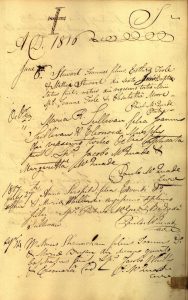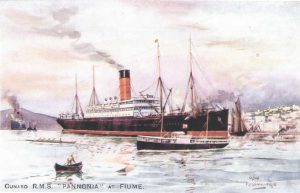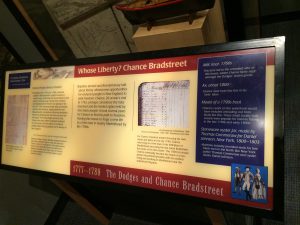
[Editor’s note: This blog post originally appeared in Vita Brevis on 2 February 2016.]
From tracing free people of color in New England to identifying former slaves in the deep south, NEHGS can help you tell your family story. We have a number of guides and tools in our library and available through our education department and online databases that can help you jump start researching your African American roots all over the United States, not just New England. Continue reading ICYMI: Tracing your African roots at NEHGS







